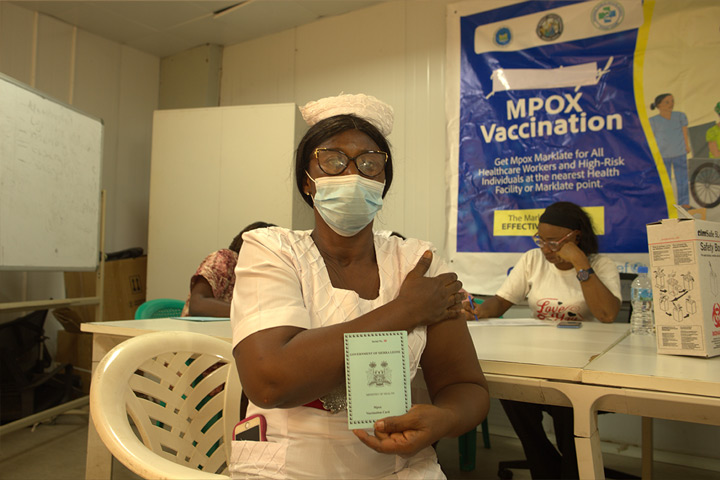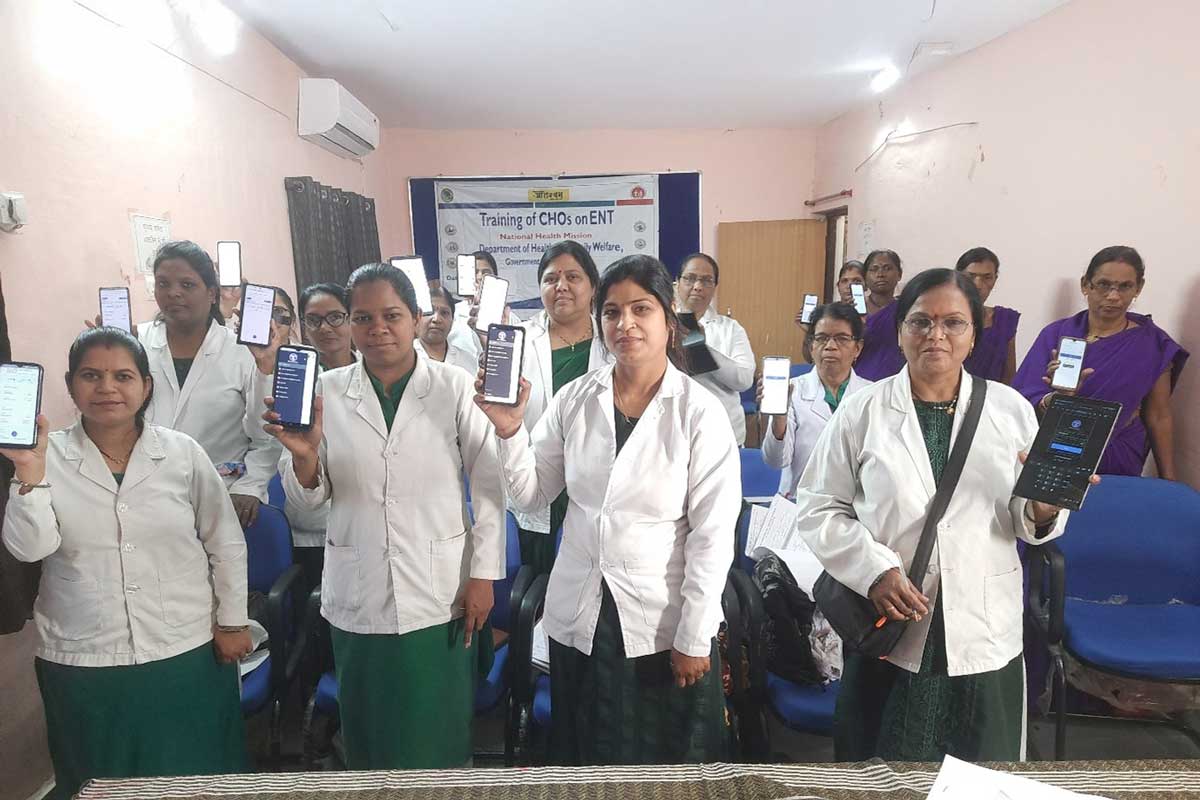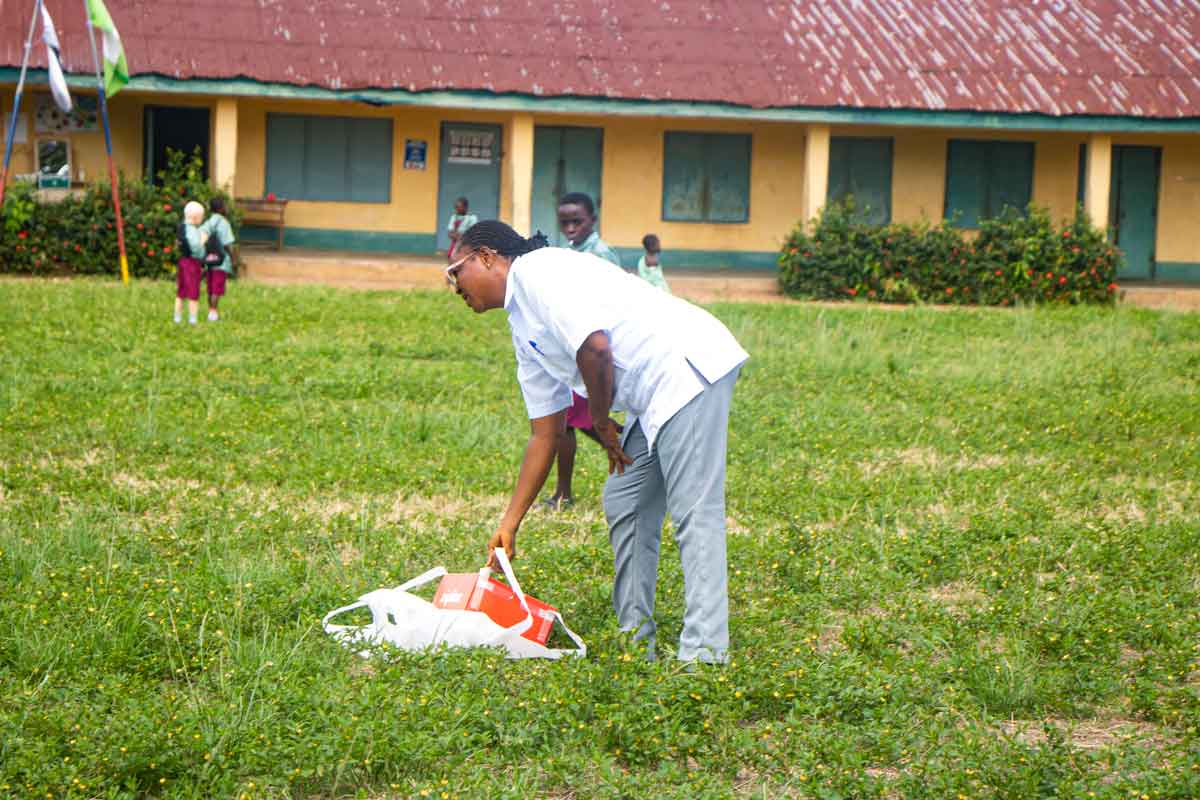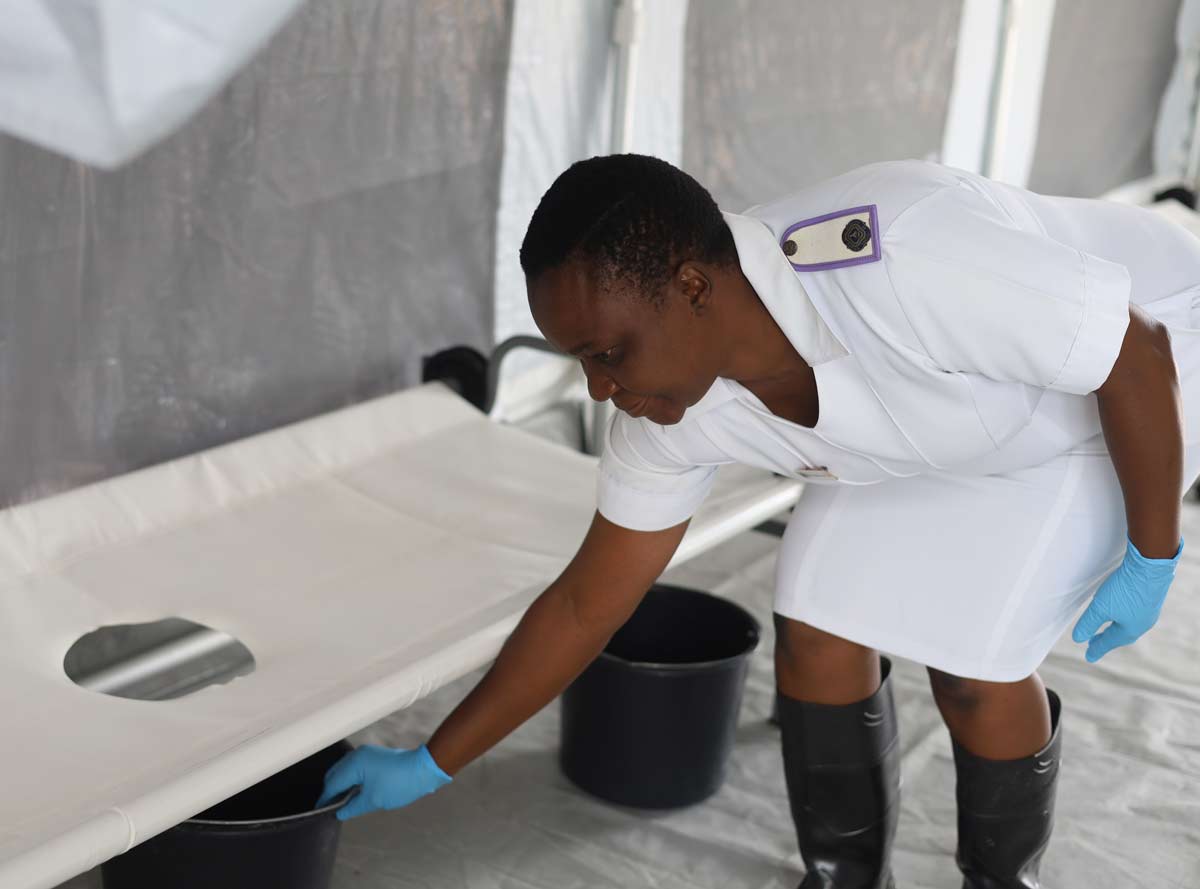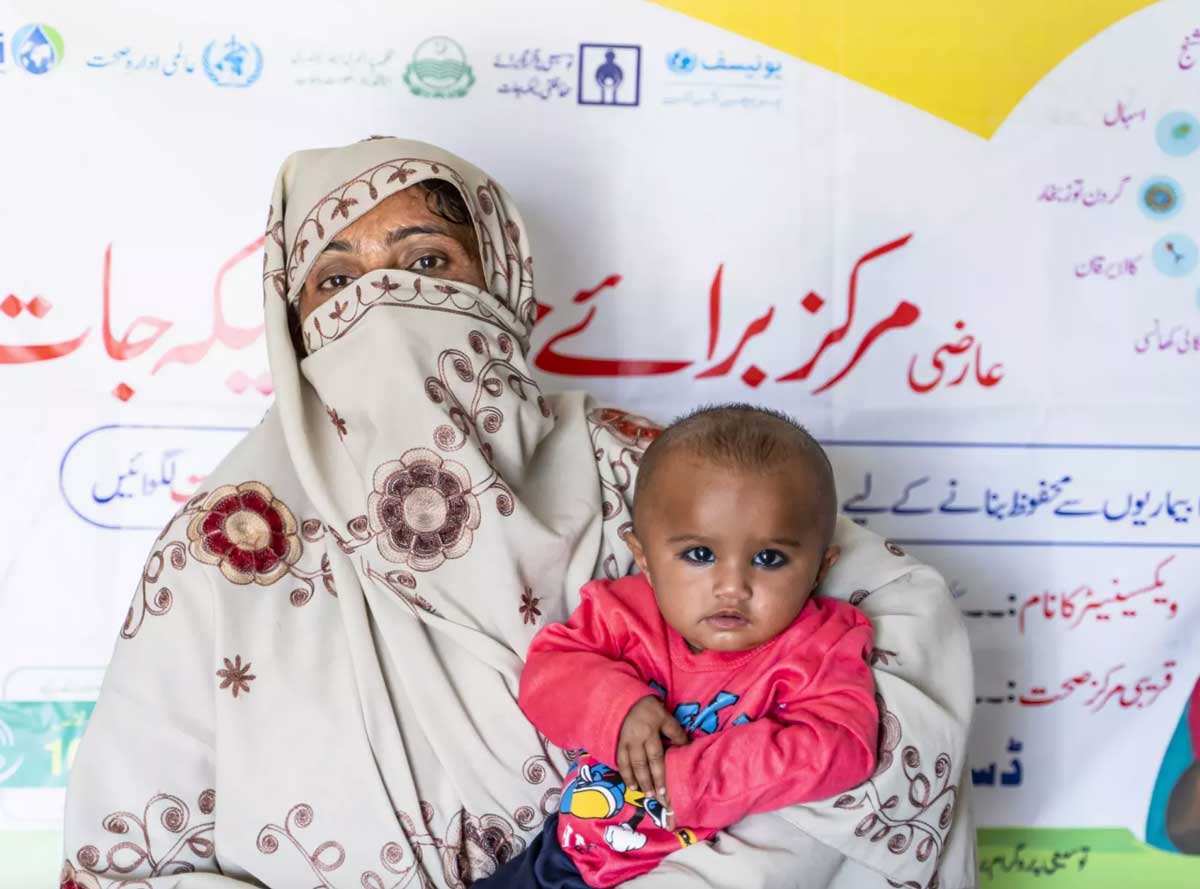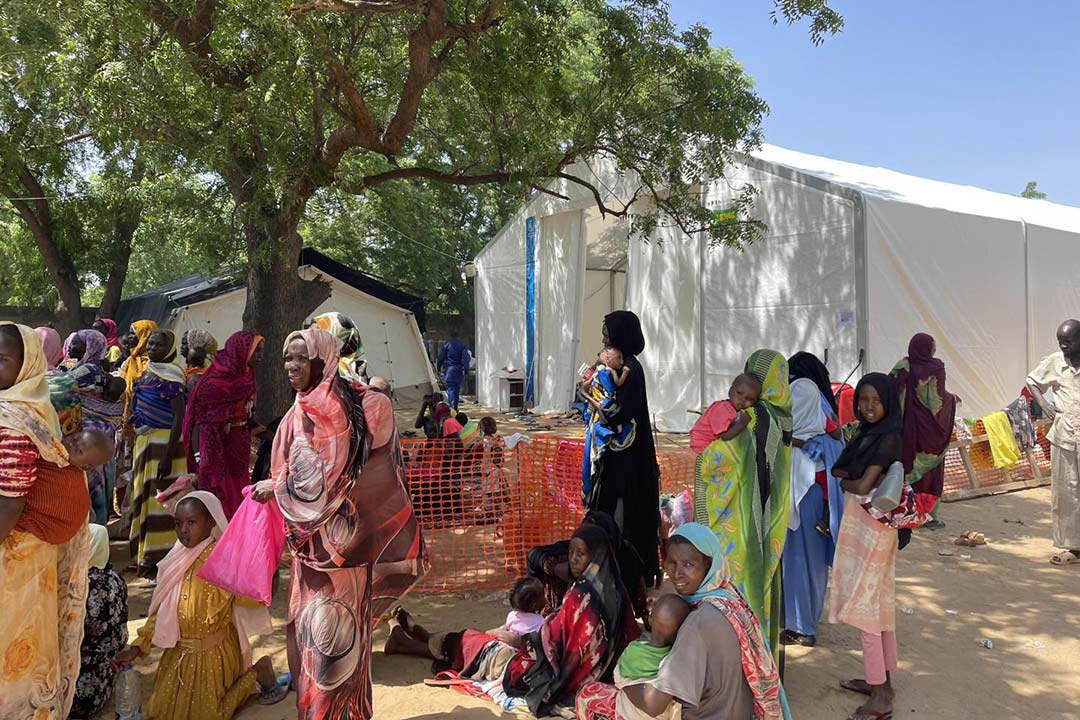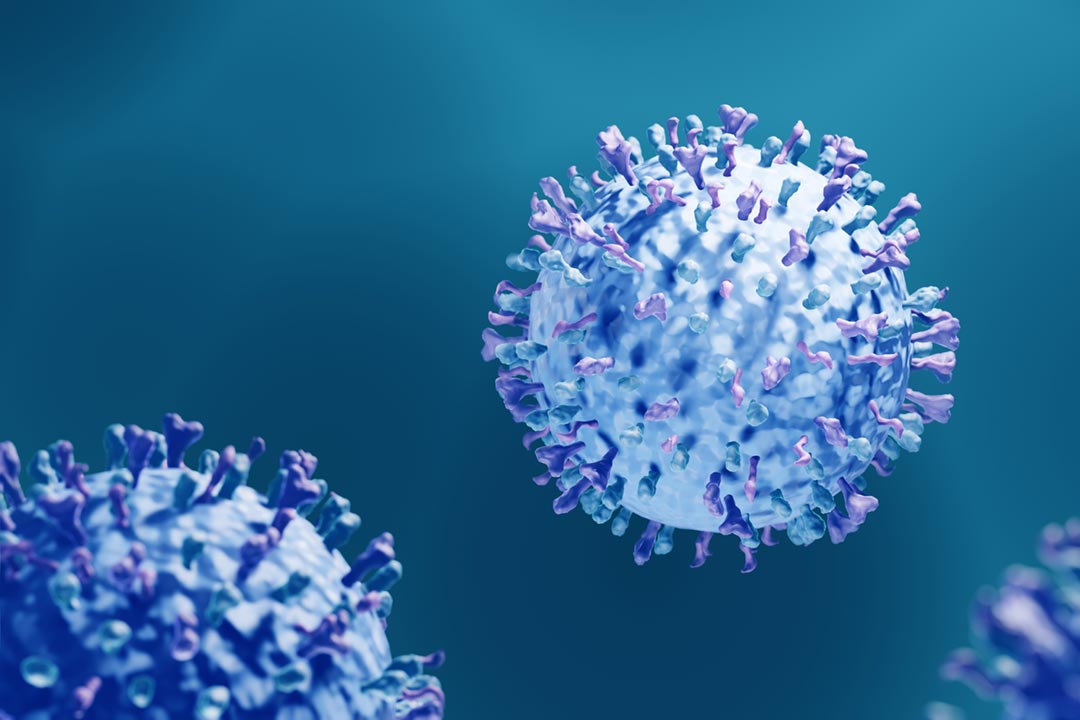You’ve got your antibody test result – but what does it mean?
If you test positive for COVID-19 antibodies, does that actually mean you’ve been infected?
- 30 July 2020
- 5 min read
- by Ciara McCarthy
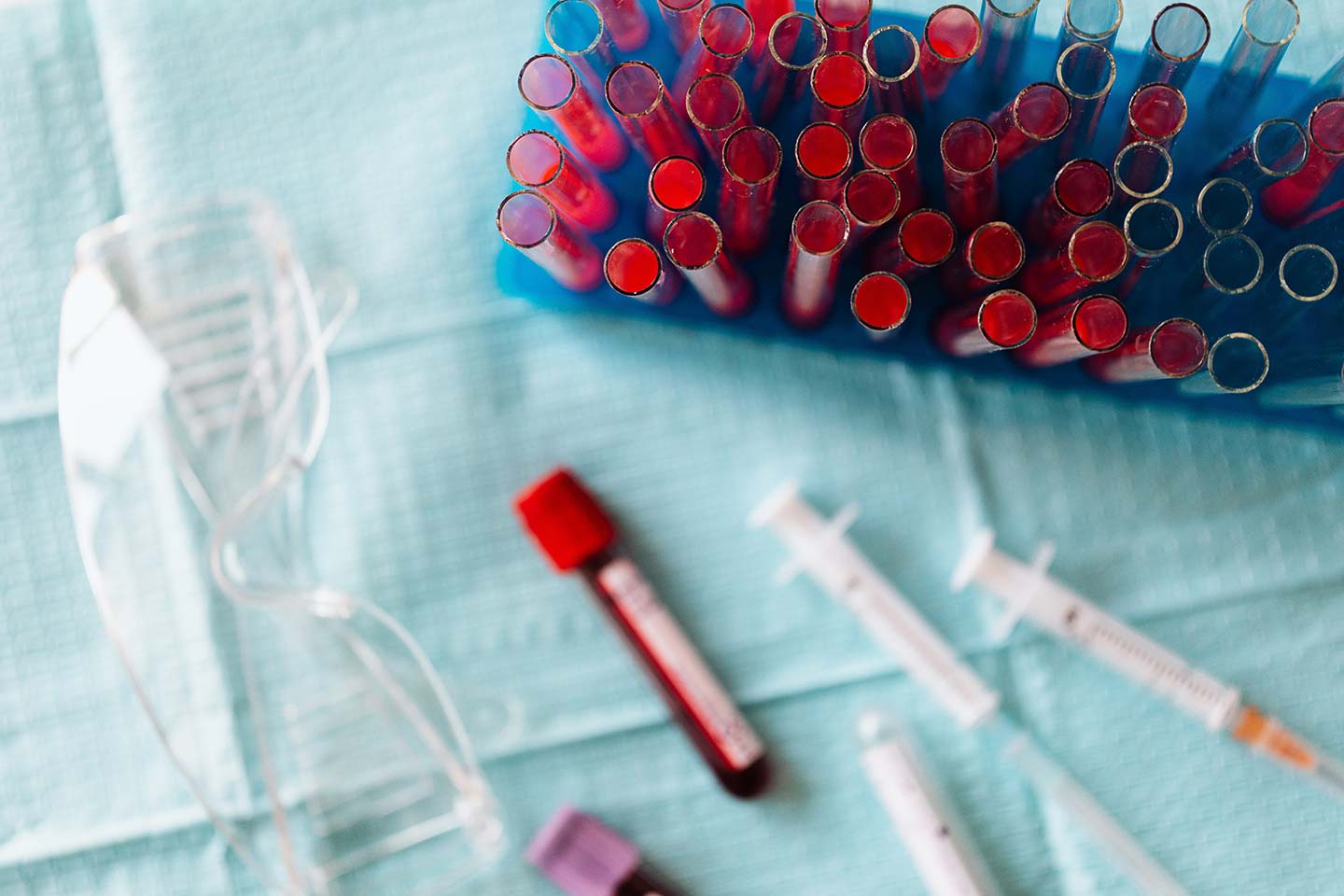
Widespread antibody testing has long been hailed as key to getting back to “normality,” by providing a way of determining who has already contracted COVID-19 and is potentially no longer at risk. Maybe you are convinced that you have had COVID-19 but your antibody test result has come back negative. Maybe you have received a positive test result and are now resting easy in the knowledge that you cannot get COVID-19 again. Fortunately, or unfortunately, it is a bit more complicated than that.
Sensitivity, specificity and predictive values
As with any good diagnostic test, COVID-19 antibody tests need to be highly sensitive, which means that most people who have had the disease get a positive result; and highly specific, which means that most people who have not had the disease get a negative result. According to a recent Cochrane review, current COVID-19 antibody tests are around 90% sensitive and 98% specific. This sounds impressive, but what does this really means for individuals? For those with a positive screening test, what is the probability that they have actually had the disease? To answer this we need to look more closely at the numbers.
A sensitivity of 90% means that 90% of people who have had the disease will receive a positive test result, while 10% of them will get a false negative result. However, a specificity of 98% means that 2% of people who have not had the disease will also have a positive test result, a false positive. If most people have not yet had the disease, as is currently thought to be the case in many parts of the world, this 2% could make up a large proportion of the people who receive a positive result. For example, a recent study in Spain suggested that 5% of the population have currently been exposed to SARS-CoV-2, the virus that causes COVID-19.
This means that in Spain, if 1,000 people were to be tested, 50 of those would be expected to be carrying COVID-19 antibodies. If the test is 90% sensitive, it would pick up 45 of these “true positives.” However, because the test is not 100% specific, it would also give a false positive result for 19 people who do not have antibodies – based on 2% of the 950 people who haven’t been infected. This means that only 70% of the 64 people who received a positive result would actually have antibodies against SARS-CoV-2. This percentage, called the ‘positive predictive value’ or PPV, is the probability that people who receive a positive test result have actually had the disease. The PPV varies depending on how prevalent the disease is in the population. If more people have the disease, people who test positive are more likely to have actually had it and therefore the PPV is higher.
This is a difficult concept to get your head around, but it basically means that when antibody tests are used in a population where infection levels are low, the results cannot be taken at face value. The upshot is that the reliability of the test is not just dependent on properties of the test itself – it depends on the prevalence of the disease in the population being tested. It also means that a test that is highly sensitive and highly specific may be very useful for estimating what proportion of the population have had the disease, but may be less reliable at determining whether any particular individual has or has not already been infected.
Timing
The reliability of the test result will also depend on how recently a person has contracted COVID-19. It takes time for the immune system to produce antibodies at a high enough concentration to be detectable. According to the Cochrane review, only 30% of people will test positive if they undergo an antibody test one week after developing symptoms. This rises over time – to 70% in the second week, and 90% in the third – but may decrease again as antibody levels start to wane. What’s more, if a person develops a mild case of COVID-19 or doesn’t show any symptoms at all, they may not produce high enough levels of antibody to be detected using the test.
Cross-reactivity
Antibodies developed in response to other coronaviruses, such as the virus that causes the common cold, may have a very similar structure to antibodies against SARS-CoV-2. This means that the presence of these antibodies in the blood may be sufficient to produce a positive test result, even in a person who has never had COVID-19. It is possible that this similarity will work in our favour and also mean that these antibodies provide some protection against COVID-19, but more data is required to determine whether that is the case.
Antibodies = protection?
Even taking all of these factors into account, we do not yet know whether looking for antibodies is even a good way to establish whether a person is immune to COVID-19 or how long this immunity might last. Antibodies are just one part of a complex immune response that is triggered when a person becomes infected with SARS-CoV-2. Lack of antibodies does not mean that the immune system is not primed to respond to reinfection in other ways, and presence of antibodies does not mean that they are there at a high enough concentration to provide protection from reinfection.
There is definitely a time and place for antibody tests. They can provide information that helps scientists predict future transmission of the virus by determining what proportion of the population is still at risk or to identify environments where transmission is particularly high. This will help to target vaccination efforts, which will be particularly important as supply of COVID-19 vaccines are likely to be constrained when, or if, they become available. Antibody tests could also be useful for identifying people who could donate antibody-containing blood to be used as a treatment for peoplewith a life-threatening case of COVID-19. But for any individual receiving an antibody test, placing too much stock in their result is at best optimistic, and at worst, dangerous.
We'd love to hear your feedback!
More from Ciara McCarthy
Recommended for you

